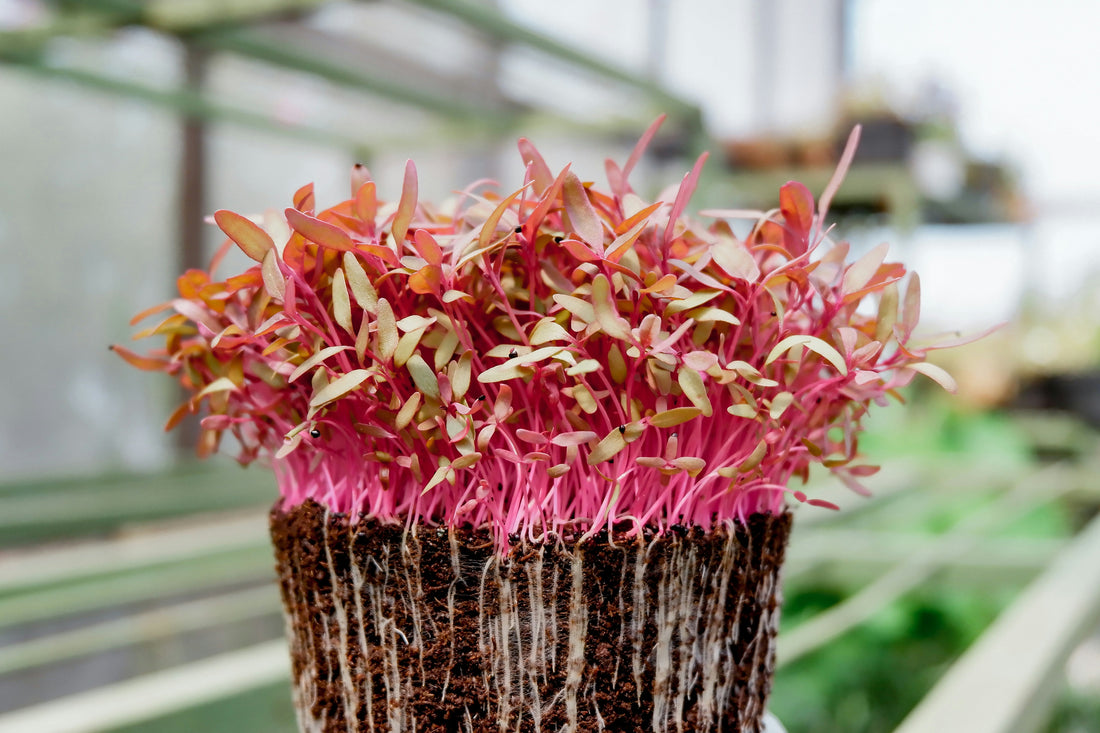Microgreens are incredible because of their remarkable versatility and nutritional benefits. We are most familiar with them in culinary settings, where they are celebrated for their vibrant colors, delicate textures, and intense flavors, which can elevate the taste and presentation of dishes. Chefs appreciate the versatility of microgreens, using them as garnishes, salad ingredients, or flavor enhancers in a wide range of recipes, from appetizers to main courses and desserts.
Microgreens have amazing application in education institutions, as well. In schools, these miniature plants serve as valuable teaching tools, offering students hands-on learning experiences in plant biology, nutrition, and sustainable agriculture. Their rapid growth cycle allows students to witness results within a short timeframe, fostering curiosity and engagement in science-related subjects. By cultivating microgreens in the classroom, students not only learn science and STEM concepts, they also gain practical skills in gardening and food production, promoting a deeper understanding of where food comes from, and the importance of healthy eating.
Furthermore, microgreens are packed with essential nutrients, including vitamins, minerals, and antioxidants, and the reason for this is simple. When a seed sprouts, it uses the energy stored in the seed to initially grow rather than taking nutrients from the soil. This means that microgreens, and similarly most sprouts, are full of nutrients a young plant needs to grow, making them more nutrient-dense than adult counterparts.
Because of this, microgreens make an excellent addition to school meals and snacks. Incorporating microgreens into school menus not only enhances the nutritional value of meals but also exposes students to a variety of flavors and textures, encouraging them to explore and enjoy a diverse range of foods. By introducing microgreens into school cafeterias, educational institutions can promote healthier eating habits among students and contribute to overall well-being and academic performance.
Overall, microgreens offer a perfect synergy between education and cuisine, providing valuable learning opportunities for students while also enhancing the flavor and nutrition of school meals.
Interested in growing microgreens at your school? Check out our classroom grow kits and individual student kits!

